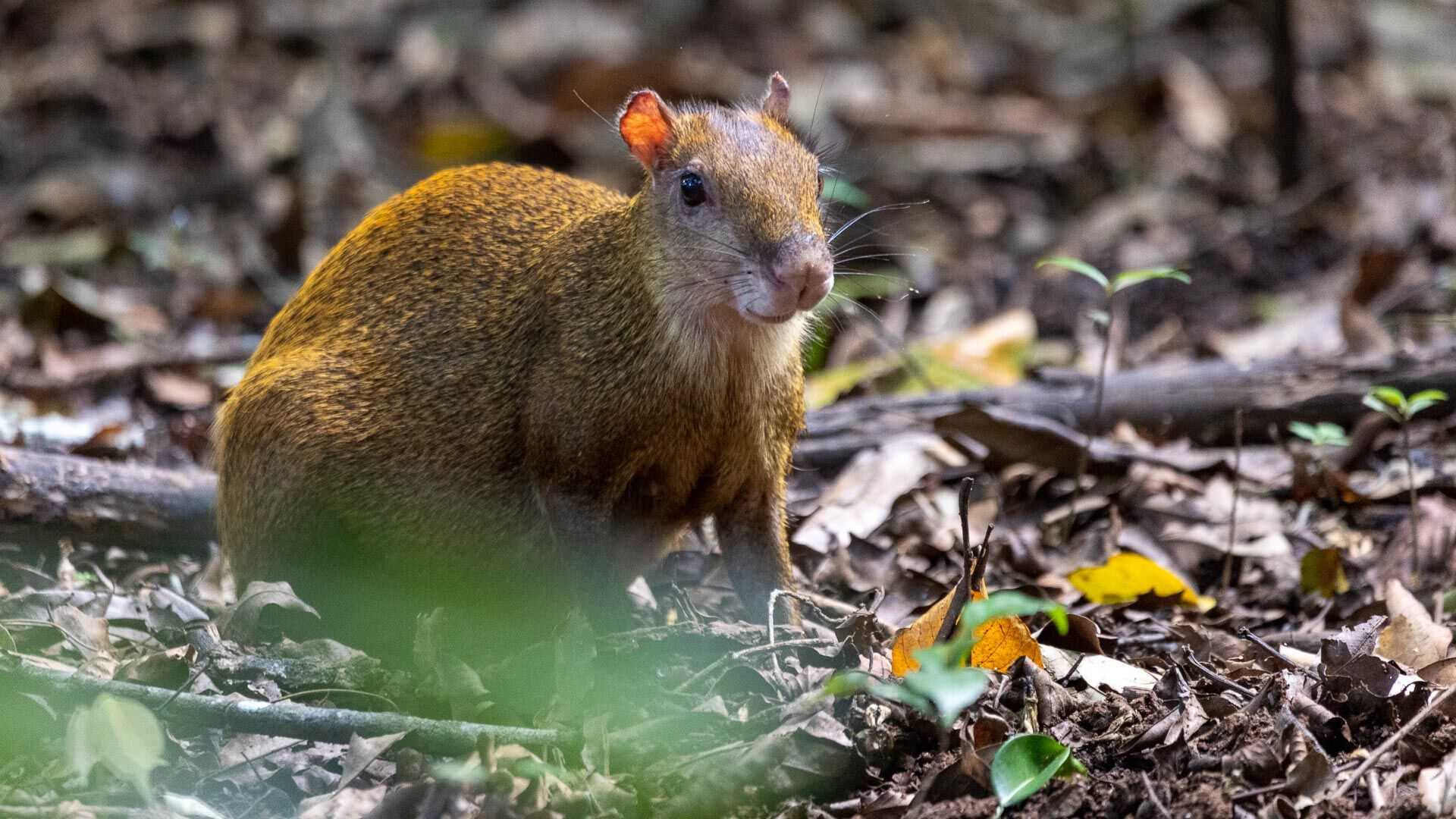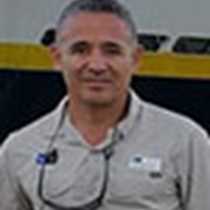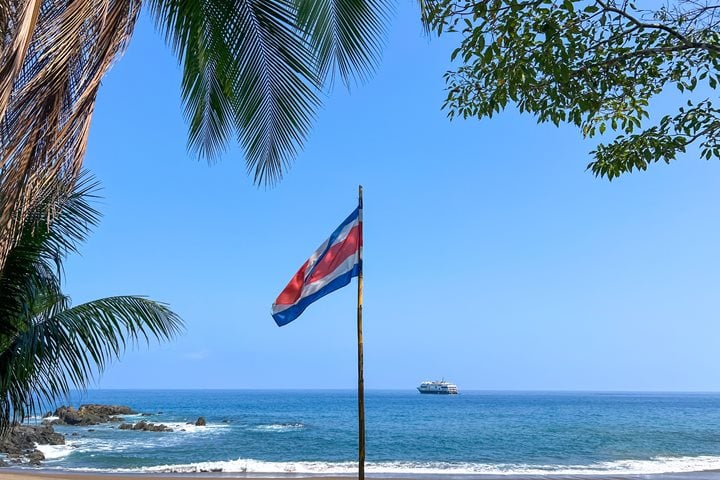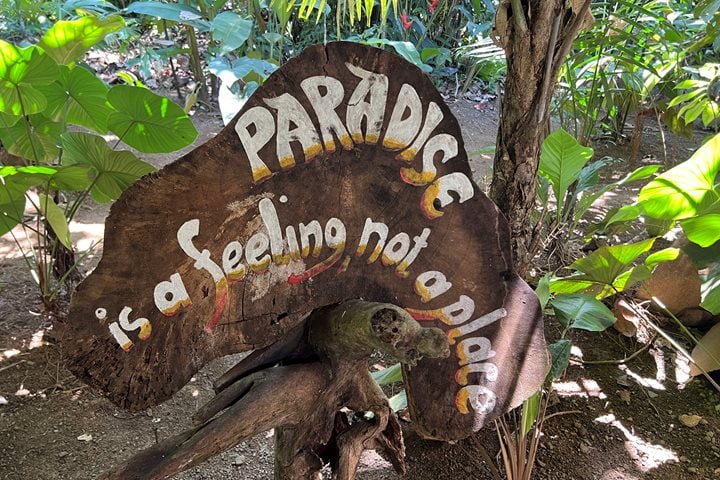Anchored in Gatun Lake in the middle of the Panama Canal, we enjoyed sunrise from National Geographic Quest! Our canal transit was completed in two days. We were able to stop during our two-day crossing to visit the Rainforest Discovery Center and Barro Colorado Island, one of the meccas of the Tropical Research Institute.
Zodiac cruises around the island and hikes in protected areas allowed our guests to explore. These living laboratories are a direct source of information for published research about tropical environments and inhabitants, symbiotic relationships, and the behaviors and habitats of many species of plants, birds, mammals, reptiles, amphibians, and more.
A white-nosed coati with a collar was our first sighting. It felt like he showed up as an ambassador to remind us that in the Smithsonian Institute facility, the monitoring and tracking of creatures is one of many tools used to learn about the animals’ habits.
A troop of howler monkeys (Allouata palliata) demonstrated the power of their hyoid bones to amplify vocalizations from three miles away. They announced that we would find them on the trail later. We observed females, alpha males, and juveniles.
Slaty-tailed trogons, rufous motmots, toucans, antshrikes, snail kites, and sloths appeared at various intervals.
Then a small group of spider monkeys (Atteles geofroeyii) came along and crossed above us. Spider monkeys are a good sign of a healthy environment. They split their troops into smaller groups and spread throughout the forest in search of food, so they require a good extension of habitat to survive.
Some guests saw crocodiles, an ancient creature that serves as a climate change indicator. Their nest temperature determines gender, and there is evidence of an inverse relationship among females and males. The National University in Costa Rica and National Geographic are doing research on this.
During the evening, we finished crossing the Panama Canal and appreciated the great accomplishment in engineering. Despite limitations in instruments and technology, the canal dates back over a hundred years. The canal is part of infrastructure that is in full operation 24 hours a day, 7 days a week, 365 days a year. This is something to admire, and it was the perfect closing to our journey in Costa Rica and Panama.









